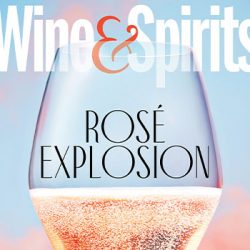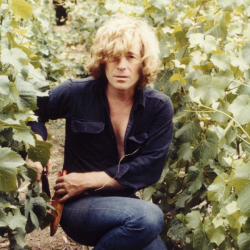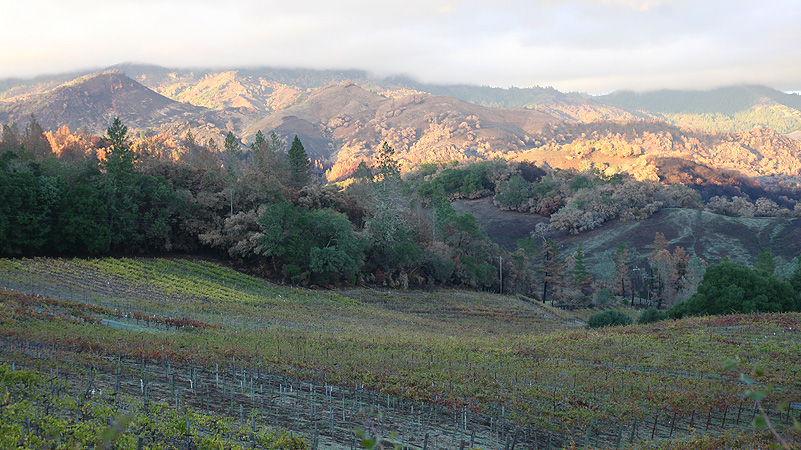

Tubbs Lane runs east off of Highway 128, at the top of the Napa Valley, just north of the town of Calistoga. I’ve passed it any number of times on my way to Storybook Mountain Vineyards, Jerry Seps’ stand of zinfandel on a hillside that faces Mount St. Helena. It’s 1.5 miles up the road, close enough that it didn’t take much time for Seps to notice the flames of the Tubbs Fire across the hillside on Sunday night, October 8th. It was just before 10 pm when he saw fires across the canyon. Knowing how canyons can direct the path of a wildfire, he called his daughter, Colleen, who also lives on the property, and told her to start packing.
Within five hours, the fire had raced past Storybook, up into the Mayacamas, then descended along Mark West Springs Road into the northern subdivisions of Santa Rosa. The pace and ferocity of the fire is difficult to imagine; it had been mapped by the New York Times in a terrifying graphic, but that did not prepare me for seeing the aftermath with my own eyes. I had been worried about Jerry Seps and his family since Monday morning, October 9th, when I woke to a text about the fires and went online to discover that Storybook was directly in their path.
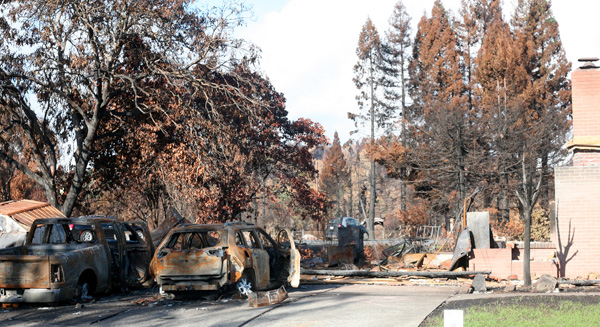

Communications were down, and though I wrote to Seps, we didn’t hear any news until October 16, when the Mercury News reported on the loss of his cellar inventory. I was back in New York by then, and wrote to Jerry, offering him volunteer labor if he could use it. I was headed out within a month, and, after a little gentle cajoling, he allowed as how we might tie some vines on an early November afternoon. So I drove up from San Francisco, taking 101 to Santa Rosa, where there was little sign of anything like a fire until a few blackened trees began to appear along the highway north of downtown. Then there was a road crew snaking straw wattles to stabilize the highway embankments. But most of the trees were markedly green. When I turned off at River Road and headed east on Mark West Springs Road, the landscape was suddenly unrecognizable.
I pulled into the curving road of the first subdivision. There was no sign of life, other than a few patches of grass that had greened up in the recent rains. As far as I could see into the distance, the houses had vaporized, leaving what looked like a graveyard with cement-block and brick chimney stacks standing in for family monuments, the occasional charred remains of trees, the skeletons of cars and minivans all torched to the same mottled orange-brown.
The scene was echoed all the way up the hill, the chimney stacks more sporadic but no less lonely in the flattened landscape, the carcasses of trucks in the same orange-brown hues as the cars parked alongside. Road crews were working the top of the ridge, cutting the blackened trunks of trees down to low stumps between the pavement and the forest edge. By the time I started descending into Calistoga, I was out of the path of the fire, until turning north onto Highway 128 and passing Tubbs Lane, where the devastation began to pick up again.
Up the hill, the gate at Storybook was standing open, the stone pillars blackened with ash. There were sporadic signs of the fire on the way to the parking area, where six cars filled the lot—Colleen was meeting some visitors and we talked for a moment before she pointed out a four-foot great blue heron standing nearby in the clearing between the parking lot and a ring of redwoods that was once a picnic area. The bird flew off across the vineyard, headed across the canyon toward Mount St. Helena, and I climbed the winery stairs to Jerry’s office.
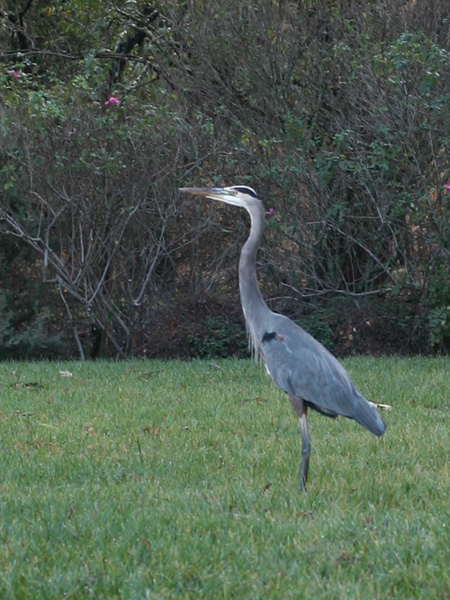

He was sitting in his chair, on his cell phone, animated as he talked, then more subdued when he signed off. If it’s possible, Seps is more philosophical about his situation than before (he’s always pretty philosophical about his situation, which involves a commitment to a beautiful place, a site where zinfandel grows on red volcanic soils, producing some of the most elegant red wines of Napa Valley, a region where bold, rich cabernets make the market no matter how compellingly Seps’ zins capture the beauty of this place). He had come to the property less than a decade after the Henley Fire of 1964, when the winery had burned and no one was around to try to contain the flames. And he prefaced his story of the latest fire by comparing his situation to some of his neighbors, and to others who lost everything along Mark West Springs Road. Jerry isn’t typically reticent to tell a story, but he started this one reluctantly. “A lot of people were hit worse than us,” he said. “What I’m going to show you, I’m not complaining about.”
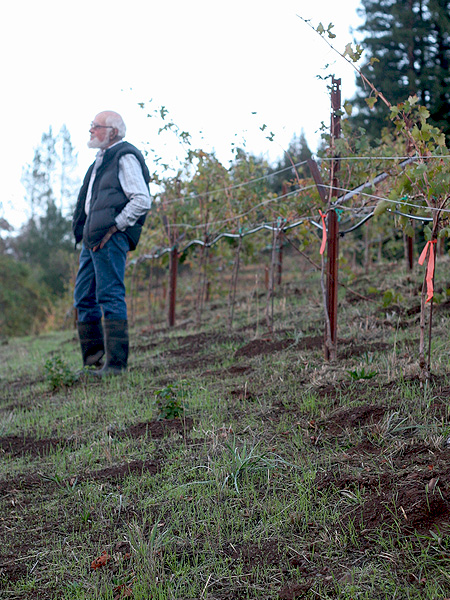

He offered me a pair of rubber Wellies to put on and we walked back down the stairs to the blackened fairy ring of redwoods. “I stayed here until three am on Monday morning,” he told me, when the Cal Fire crews and the approach of the fire from two directions finally convinced him to get out. “Flames were coming up the hill from the south,” over the ridge toward the top of the vineyard. Then they started coming from the east, up the canyon long the road from Calistoga. “The canyon serves as a channel for the fire to come up. Then it’s just the wind. I had one insurance adjuster tell me the winds were clocked, officially, gusting at 78 miles an hour.”
After he had sent Colleen off with his wife, Sigrid, their granddaughter and three dogs, Seps had headed down to the gate. He sent a Cal Fire rescue unit to search for his 85-year-old neighbor (who, it turned out, had already left). And he tried to get the fire units up to the houses on the Storybook property. “We have a swimming pool and I told the fire fighters they could use it to refill their tanks.”
By three am, with the fire approaching up the canyon, Seps took his dog, packed up some documents and headed up 128 toward Knights Valley. “I left for three hours,” he said. “Slept in the car. Then came back at first light, just after six.” There were flames around the door frame on the south side of his winery, next to the redwoods. There was nobody around and there was no water by then. Seps tried to put out the fire by shoveling dirt on the door frame. Then he remembered that there was a fire extinguisher in the caves, and used it to take out the flames. Cal Fire came a half hour later and ripped out the smoldering wood.
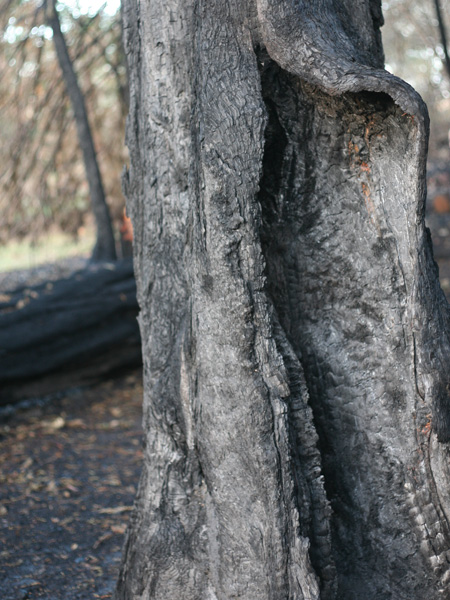

A month later, standing below the blackened redwoods, several of them with their roots completely hollowed out by the fire, three of them felled by a Cal Fire arborist, he points to an electrical box that’s melted into a Dali-like suspension of rubber and metal. “Every window on this side of the winery was cracked. The firemen said in five more minutes, the winery would have been gone.”
Halfway up the hill, tucked into the forest, Seps had a small metal Butler Building he used as a shop, with some gasoline and diesel tanks outside that he set about protecting. Late Monday morning, the fire had progressed by the ridge on the north side of the vineyard. Fire crews were helping to keep the advancing fire away from the shop; Seps was working to cut away the brush, pushing the debris out of the way, shoveling out a fire break and dowsing the ground with water. “We thought we had the shop saved, so I went up to try to save Colleen’s house.”
His daughter’s house is farther up the hill, at the edge of the vineyard, surrounded on three sides by forest. “One of the volunteer firefighters who was helping to save Colleen’s house found out later that he lost his own house and his daughters’.” Colleen’s house is still standing, but as they were working to protect it from the encroaching flames, the wind shifted and the fire headed back toward the shop building, which was filled with fertilizer and sulfur. “The fire swept around and came up this little gully, along a small stream bed. It was burning in along the ground, not in the crown of the trees. And then it hit the shop. It went up in a big blaze.” He drove me up to the shop later, where the diesel tank remains unscathed, protected by the only wall of the building that held against the fire. But the rest of the building is pretty well shredded. In the far corner of what’s left of the metal structure, a vertical stack of bottles seemed to be welded into place. “I had built an insulated area in that corner with a cooling unit,” Seps explained; it was where he kept all his old vintages, about 300 cases dating back to 1980.
“For the next few days, I was sleeping at the house with the fire extinguisher next to me, and the dog’s leash, so I could take her with me. I slept for two hours, then made a circuit around the house and checked the forest. The fires burned in our area until Tuesday. And they continued to burn on Mount St. Helena until Friday; that I could see.”
A month later, the rain had brought back the scent of the fires (the air was still pungent enough to burn my eyes when I was driving over the Mayacamas). Seps lost about two acres of vines, some down by the road, some in a four-acre block of vineyards up the hill in the forest. And he lost all of his old stock, wines that were legend for the stamina and grace they showed with age. But with the help of the fire fighters and first responders, he was able to save his house, his daughter’s house and the winery.
The vines looked remarkably green on a cool November afternoon as we walked several rows of two-year-old zinfandel, tying down canes while they were still flexible, setting them up for pruning in the spring.
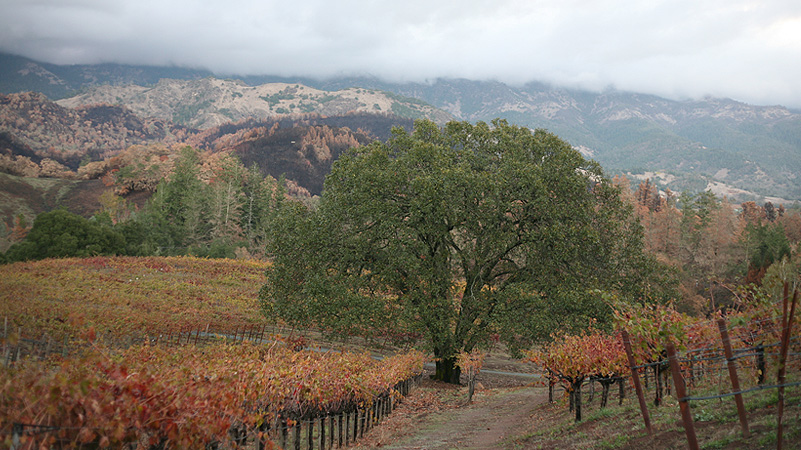

Across the canyon, the hills were a patchwork of pale greens, oranges and browns. There were large swaths of black where the fires had burned with the fiercest heat. At sunset, the clouds let in a river of light that ran across the hills, a terrace cut out of sunlight. The clouds and fog were mixing with dusk above Mount St. Helena, cooling the evening, the muddy ground and the vineyards still in full leaf.
Joshua Greene is the editor and publisher of Wine & Spirits magazine.
This is a W&S web exclusive. Get access to all of our feature stories by signing up today.


